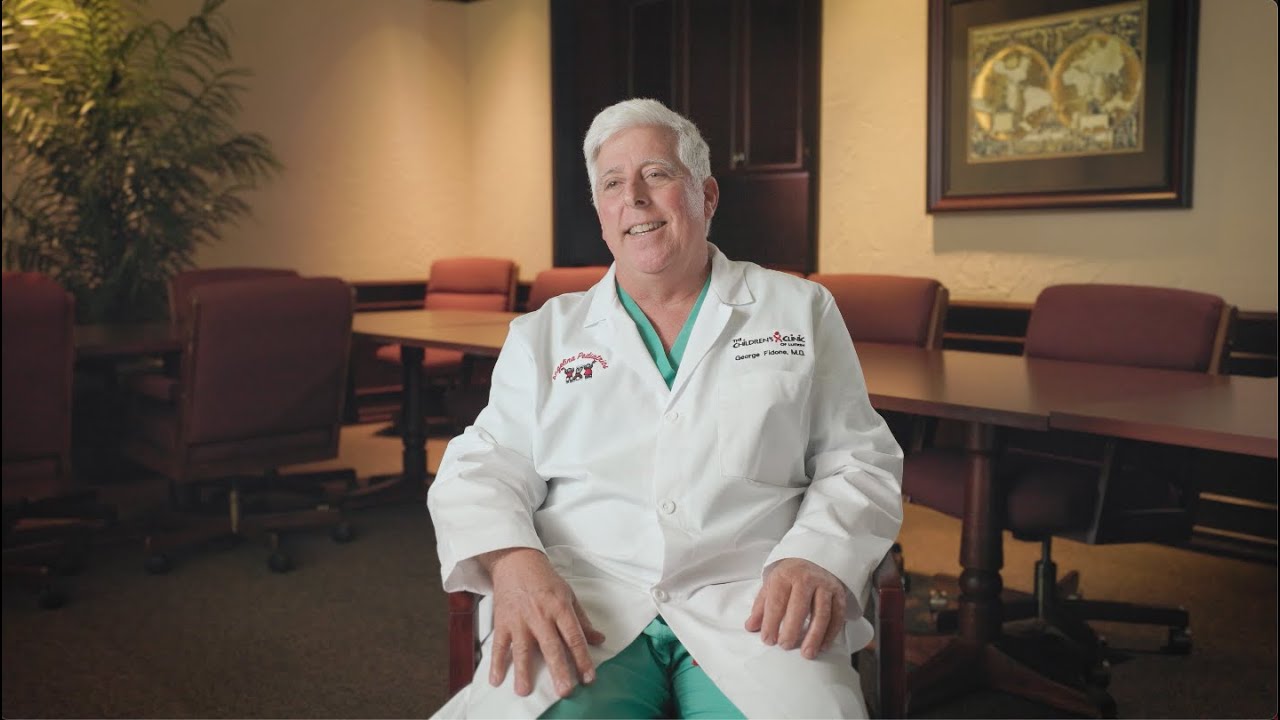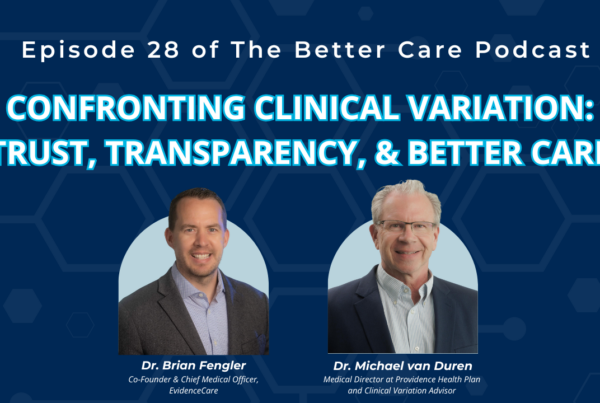“The fundamental piece that is missing in healthcare – that has been missing for decades – is physicians are out of the driver’s seat.”
Dr. George Fidone, creator of the care utilization transparency tool, CareGauge, doesn’t shy away from his reasons for creating CareGauge in this video describing the problems he sought to solve for physicians, hospitals, and their patients.
He describes an issue that has only grown in recent years with the difficult attempts to shift to value-based care models. Doctors are told to document more in the EHR, keep up on the latest evidence-based guidelines, ensure patient satisfaction, keep hospital costs low, report clinical decisions to multiple hospital departments and insurance companies, and also don’t forget to heal your patient.
While all of these items are worthy of excellence, physicians are asked to balance all these areas without any tools to give them the visibility they need. Dr. Fidone describes this as asking doctors to drive while being told to sit in the backseat.
Too many healthcare initiatives and technology focus on retrospective actions that don’t give physicians any visibility or control in real-time. So much time and energy is spent reviewing cost and care variance long after the patient is out of the hands of the physician.
“Being retrospectively told you’re an outlier in the care provided doesn’t help,” said Dr. Fidone. “What would help is to provide real-time insight into the cost and care consequences of our decision-making.”
Dr. Fidone realized his dream with the creation of the patented technology of CareGauge that gives physicians full insight into peer-based care patterns embedded directly in the EHR at the point of care.
By providing physicians with a non-invasive interface – just like a gas gauge – they’re able to drive the best care decisions for their patients by avoiding low value care that could negatively impact the patient and the hospital’s bottom line. CareGauge puts physicians back in the driver’s seat with “gauges” that show the care utilization tied to each DRG as compared to physician peers.
In the first few years of piloting his new technology, Dr. Fidone worked with hospital administration and physicians to ensure CareGauge would have the realized impact he desired. One of the chief concerns was around the ability for CareGauge to impact quality. How would a cost and care utilization tool improve quality?
Dr. Fidone explains the power of giving physicians transparency. Doctors are trained to be high performers and want to provide the best care. By simply showing (in a green, yellow, or red measurement) if they were possibly providing low value care, doctors naturally wanted to dig-in further to ensure they were making the best choice possible.
With its full implementation, a Texas health system using CareGauge saw a reduction in unnecessary orders, a reduction in readmissions, ½ a day reduction in length of stay, and there was no increase in comorbidities from doctors who may have intentionally tried to limit care. There was also an overall cost savings of $5M for the hospital in the first 10 months using CareGauge. You can read the full case study here.
Dr. Fidone emphasized that this type of transparency gives physicians true ownership of the entire process of patient care, because they’re now mindful of the cost and variance of their clinical decisions.









